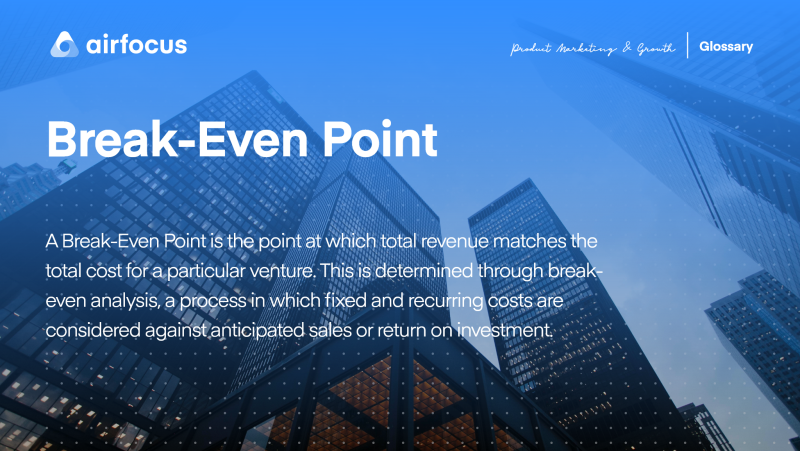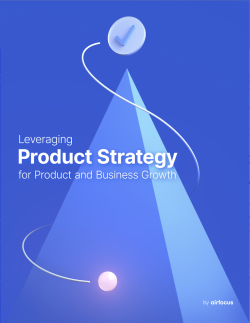Break-even Point
What is a break-even point?
Definition of break-even point
A break-even point is the point at which total cost and total revenue for a particular venture are equal. At the break-even point, an organization has recouped its costs but not yet made any profit.
The term is often used in business, especially regarding sales, as well as investments and other areas.
Let’s look at sales for a quick example. The break-even point for a product occurs when the total revenue from sales is the same as the total cost of production. If you produced 10,000 copies of a book at a cost of $5 per unit, then you would reach your Break-Even Point once you have achieved $50,000 in sales of that book.
This example does not account for fixed costs, but they should be factored in as well, and are considered when conducting a thorough break-even analysis.
What is break-even analysis?
Break-even analysis is the process whereby you determine your break-even point, and here things get a little more complex.
In addition to production and marketing costs, you must also account for fixed costs when calculating your break-even point. Fixed costs include rent for your business premises, payroll, and other expenses. Estimates are often used when anticipating future costs, and annual budgets and profit and loss statements are useful tools when forecasting.
Let’s go back to the example from earlier — imagine you run a small publishing house that has just released its first run of 10,000 books at a cost per unit of $5. Your production cost is $50,000.
You also spent $5,000 on marketing the book, $5,000 on an advance to the author, and have monthly overheads of $10,000. At the end of the first month, your total costs are $70,000. After month 2, they’ve risen to $80,000, and to $90,000 by month 3.
Now let’s say the book retails for $20. If you sell 4,500 copies of the book by the end of month 2, then your revenue from sales would be $90,000. Your analysis would show you have reached your break-even point.
It’s important to note that break-even point and break-even analysis are not the same as the payback period. The payback period in this example is 3 months – the time it takes to break even.
Your break-even point was 4,500 units over 3 months or 1,500 units per month and you determined this by doing a break-even analysis.
Why is break-even point important?
A break-even analysis provides a business with a clear idea of how much needs to be achieved in sales to avoid a loss and make a profit.
As such, the results of your break-even analysis should help you determine how attractive a given opportunity is — whether that’s investing in a new product, acquiring a new department or business, or extending into new markets.
If you have multiple routes available to you, analyzing each of them and determining their respective break-even points would help to decide which is the most favorable.
Identifying break-even point also helps to reduce risk by factoring in both fixed and recurring costs so there should be no nasty surprises along the way.
Finally, knowing when you break even in advance helps protect you should a product undersell or market conditions change. Armed with a clear break-even analysis, you will know how unexpected obstacles like these will affect your break-even point and payback period.
This allows you to forecast and plan around external factors that might otherwise damage your business.

General FAQ

Glossary categories
Create effective product strategy

Experience the new way of doing product management








